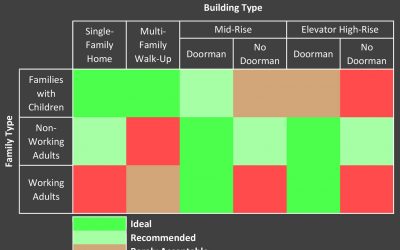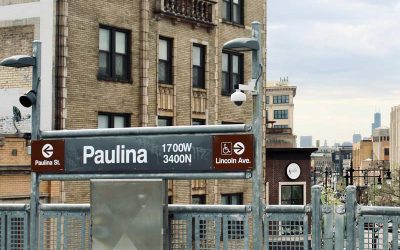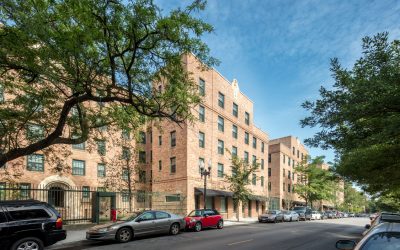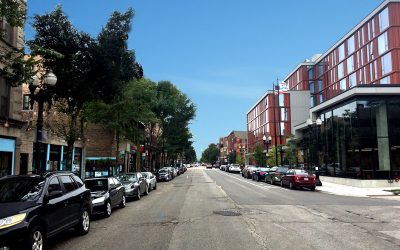Spurring Development through Equitable Policy Implementation
Part 1: Capital Follows Capital
Earlier this year, the Urban Land Institute study titled “Neighborhood Disparities in Investment Flows in Chicago.” Many headline-reading, hot-take providers misinterpreted the headline as an indictment of public investment equity across the city. However, it highlighted a more systemic issue regarding how private capital concentrates within our region (one that many regions struggle with).
Addressing a Complex Problem
This problem is extremely complex to solve. The problem is a natural result of risk-averse capital following existing capital flows. This scenario is a common outcome after a financial downturn in a capitalist economy. Luckily many overlooked Chicago communities are starting to see efforts by private lenders to direct specific funds towards them. However, if every major bank committed $40 million into high poverty neighborhoods to rectifying investment disparities, wealthier neighborhoods would still receive more investment per capita.
Complementary to these private efforts is the long-discussed, but finally moving, The $100 million Fund77 and the city’s distribution of Neighborhood Opportunity Funds are examples. However, these two funds are both still a drop in the bucket compared to the amount of money invested in the developments that trigger payments to the Neighborhood Opportunity Fund. Correcting for these inequities also requires removing the barriers that stand in the way of development, discouraging private investors from betting on specific neighborhoods. One of those barriers from the city side is our zoning code. More specifically, those particular policies in the zoning code which were not developed through an equity lens.
Conventional Wisdom Versus Reality
The conventional wisdom is that zoning only limits development in areas where demand is high by stopping developers from building unlimited skyscrapers. However, it can simultaneously discourage someone from investing in a disadvantaged community because what is required by the zoning code is not financially viable.
Conventional wisdom also states that zoning reflects legal absolutes that have been agreed upon by community stakeholders. In this traditional wisdom, to change zoning is to give something away for free. However, the reality is many of the community plans developed by the Chicago Metropolitan Agency for Planning (CMAP) Local Technical Assistance program have not resulted in the suggested zoning changes being implemented into our zoning code. This means that anyone looking to build something in line with a community-developed plan may still be required to hire attorneys and hold duplicative community meetings. These processes require additional capital that causes projects to become financially infeasible.
Lastly, conventional wisdom holds that innovative policies like Pedestrian Streets, Transit-Oriented Development, and the Affordable Requirements Ordinance apply across the city to encourage more walkable, affordable communities. These policies promote this type of development since they were crafted to address issues arising from unconstrained growth. However, areas of the city where other matters take precedence rarely implement the policies.
Part One of Four
This post is the first of four total posts in Nia’s Leadership blog. In the next three posts, I will discuss the three previously mentioned ordinances. In each, I will discuss:
- How they were first developed to address development issues in gentrifying and high development areas.
- How they have been adjusted to reduce barriers to development in low to moderate-income areas,
- What additionally can be done to get all the way there.
Part 2 Pedestrian Streets
Part 3 Affordable Requirements
Part 4 Transit Oriented Development
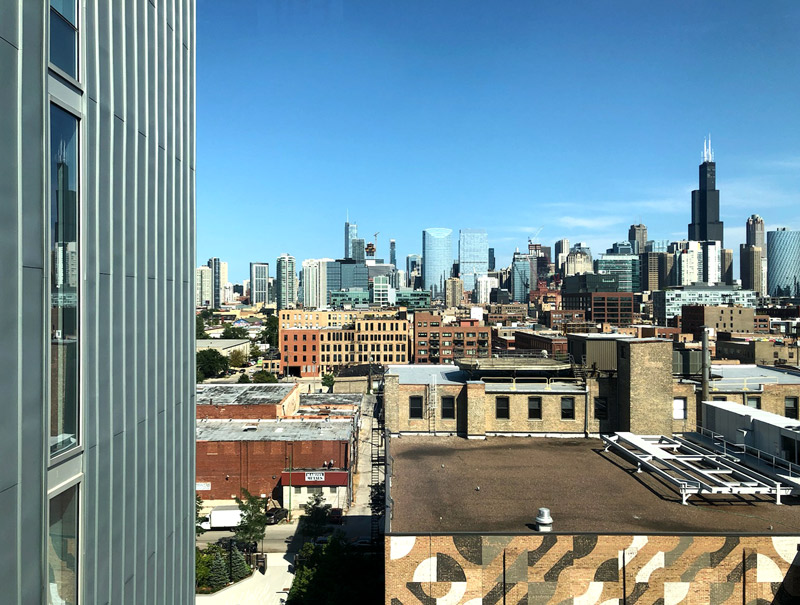
About Author

Jacob Peters
Urban Designer / Project Designer
Jacob is a designer of urban and architectural projects at Nia. Jacob grew up and has lived most of his life in the City of Chicago. His training in architecture, his training in urban design, and his passion for improving cities combined with intimate knowledge of the City of Chicago makes him extremely insightful.
Related Posts
Ideal Architectural Housing Types for Different Lifestyles
Ideal Architectural Housing Types for Different Housing Families A look at Oscar Newman's suggestions for which building types are ideal for each individual and family size or lifestyle.Oscar Newman was an architect and a city planner who extensively studied public...
Spurring Development through Equitable Policy Implementation Part 4: Leveraging our Transit Assets to Grow Communities
Spurring Development through Equitable Policy Implementation Part 4: Leveraging our Transit Assets to Grow CommunitiesThe Transit-Oriented Development Ordinance (TOD) is another policy that was written with altruistic intents. It aimed to improve the affordability and...
Spurring Development through Equitable Policy Implementation Part 3: Every Neighborhood Needs Affordable Housing
Spurring Development through Equitable Policy Implementation Part 3: Every Neighborhood Needs Affordable Housing In Chicago, the Affordable Requirements Ordinance (ARO) is a form of inclusionary zoning. The ARO aims to leverage market-rate developments to provide long...
Spurring Development through Equitable Policy Implementation Part 2: Why Isn’t Every Chicago Street a Pedestrian Street?
Spurring Development through Equitable Policy Implementation Part 2: Why Isn't Every Street a Pedestrian Street?In most of the world, the term "pedestrian street" means a street where cars are not allowed. Cafes sprawl across a brick-paved promenade with maybe a...
Contact Us
Address
Chicago, IL 60607

